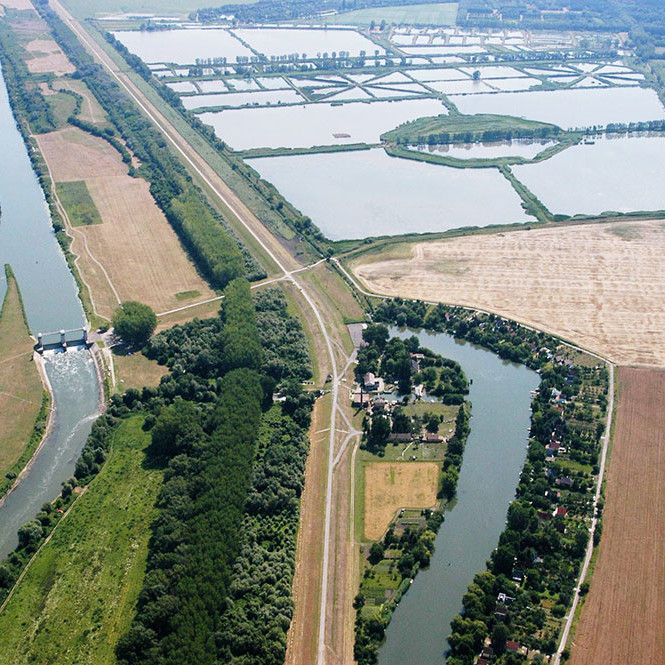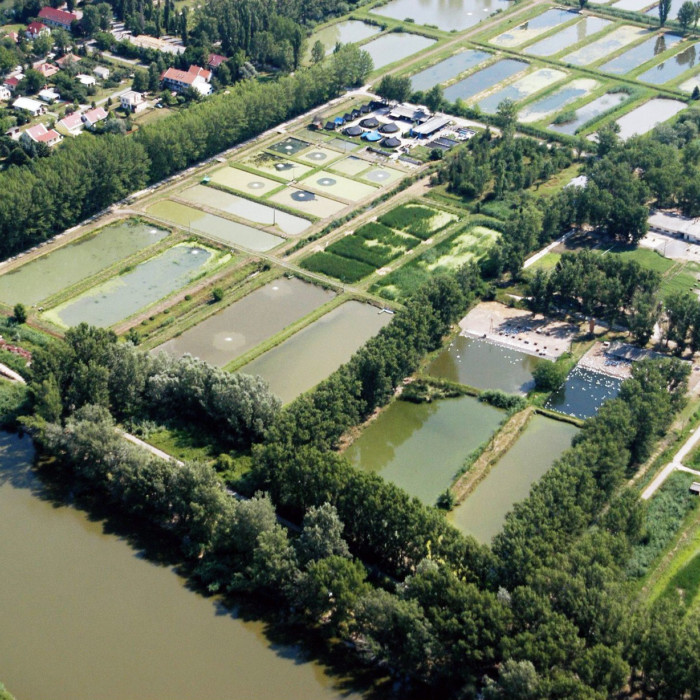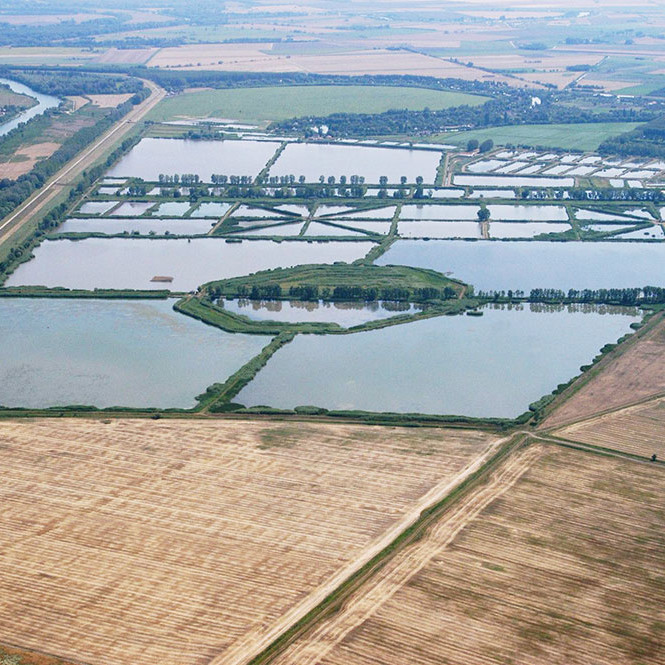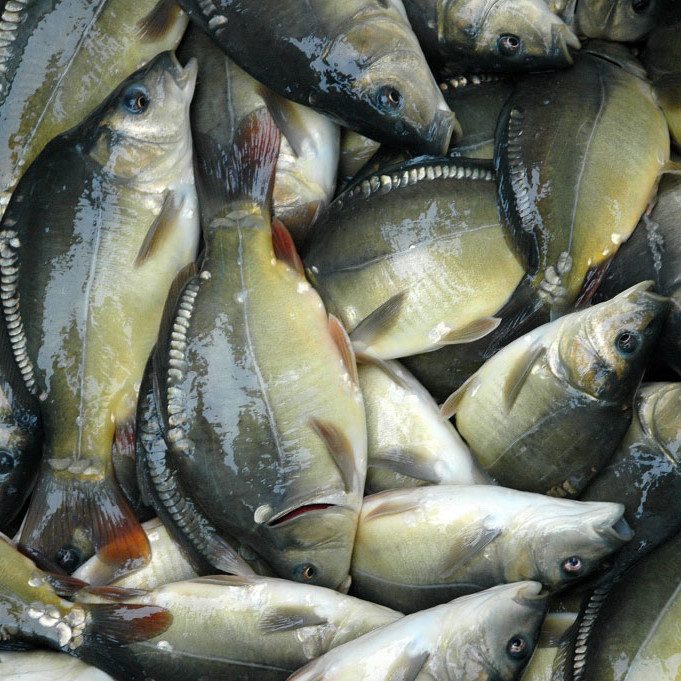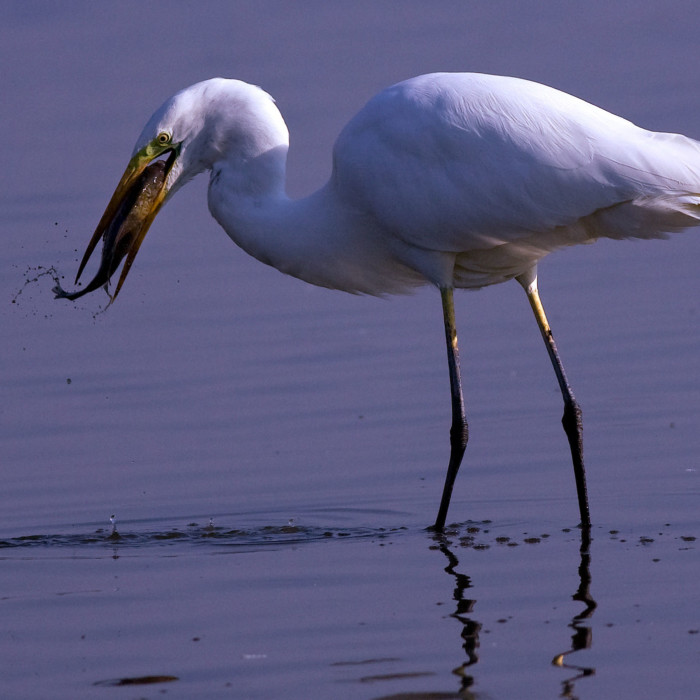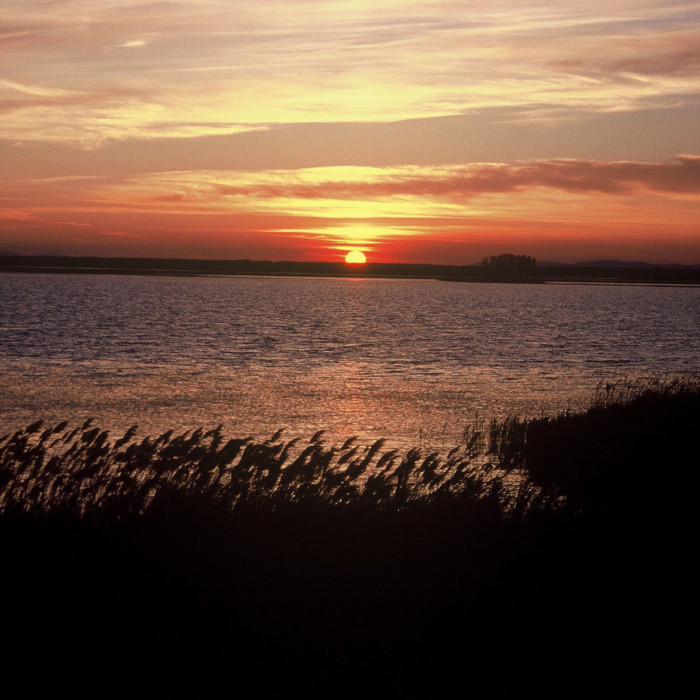Bekes County Case Study
Bekes county context
Bekes county is located in South-Eastern Hungary, bordering on Romania. Its area belongs to southern part of the Great Plain, including the Berettyó-Körös medium landscape. Bekes is rich in freshwater resources, there are many rivers across the county and the area is also rich in groundwater (geothermal) resources. Bekes is a rural area; the low and smooth topographical characteristics and fertile soil are ideal features (74% is agricultural area) for an extended agriculture: crop production, animal husbandry and food processing industry. Bekes has the seventh largest area (5,630 km2, 6%) of the 19 counties of Hungary, it has a population of 351,148 (2015) and is ranked 11th in terms of county population. The majority of the population (75%) lives in towns but the economy is less developed, its GDP per capita expressed in purchasing power standard is only 38% of the EU average (2013). Its economy is based on the service sector, industry and the agriculture. Bekes has important levels of employment in agriculture (10%) including aquaculture.
Fish production
The dominant aquaculture system both in the county and also in Hungary is pond aquaculture. The total operating pond area in Bekes is 2010 ha representing 8% of the Hungarian pond areas (2014). The main pond system is situated in the surroundings of the village Biharugra, which with its 1927 ha it is the third largest fish pond system in Hungary. The major species produced in Bekes is common carp. Other carp species (silver and grass carp) and carnivores (european catfish, pikeperch, pike) are cultured in smaller quantities together with common carp in polyculture. Intensive, tank-based aquaculture is also represented by african catfish and caviar-end sturgeon farms. However, the case study is focusing on pond culture, it is worth noting that intensive aquaculture operations have growing importance indicating the ample volume of groundwater resources and the know-how available in the county (40 years of aquaculture research). The integration of tank-based and extensive pond systems may provide a sustainable way of the development of aquaculture in this region
Aquaculture production in Bekes county, 2014
| Common carp | Grass carp | Silver carp | African catfish | Sturgeons | Caviar production | |
| Quantity (t) | 957 | 51 | 155 | 695 | 8.7 | 0.64 |
| Percentage of Hungarian production (%) | 9.3 | 10 | 11 | 32 | 18 | 96 |
Aquaculture Development issues
In the frame of the AquaSpace project interviews were carried out with representative fish producers and a stakeholder workshop was held on January 13th 2016 at the visitor centre (Bird Watch Centre) of the local National Park, in Biharugra. During the interviews the producers were asked about constraints and possibilities of aquaculture development in Hungary, while on the workshop the main environmental, water management, nature conversational issues were addressed and the stakeholders were actively involved into the discussion of these topics. Beside it the existing scientific papers and data were collected in the three topics comparing the results of objective and subjective answers.
Preliminary statements of the interviews and the workshop discussions:
Supporting facts
- Water resource management
- The exploitation of available surface water supply is low in Hungary; therefore it is possible to define areas where the quantity and the temporal distribution of the surface water supply allow the expansion of fish production.
- The role of fish ponds can be increased in surface water resource management.
- The quality of surface water supply meets the requirements of pond fish production.
- The quality of waters with high nutrient content can be improved by extensive fish pond technology, therefore this method can be used as a complementary water purifying method.
- Ecosystem services and social relations
- The establishment of fish ponds increases the diversity of the given agricultural area and its natural value. Ponds are unique elements of cultural heritage.
- The relation with the territorially connected sectors is mainly positive.
- Ecologists consider constructed pond to be secondary habitats for wild wetland species
- The majority of the population living in the surroundings of fish production would support or would not be against the expansion of production.
- In Hungary, the quantity of the freshwater fish consumed is higher than the volume of domestic fish production, the difference is covered by import: beside adequate price-value ratio there is an aggregated demand for the expansion of freshwater fish production.
Constrains
- Water supply and climate change
- In case of the barrage dam lakes built on hillside natural small water courses the intermittent shortage of available water supply constrains fish production.
- In case of the barrage dam lakes flood occasions may result in the loss of production.
- Water supply is limited by the bad technical status of the state-owned channels.
- Increase of the frequency of weather extremes (drought, floods, excess waters).
- Maintenance of bird habitats and ecosystem services – Nature conservation
- Nature conservation restrictions at the nature reserves result in excessive cost and/or loss of production.
- The distribution of great cormorant is determined by available resources (habitat, food).
- Social constrains
- Lack of information on pond management technology (misbeliefs influence the consumers).
- Capacity of secondary vocational education is not sufficient.
- Economic barriers
- High opportunity cost for investments in pond culture average quality land (other land use activities ensure higher profitability per hectare).
- Legal inconsistency
- The effluent water of the fish pond is considered as wastewater by the environmental regulation on emission.
- Incoordination of the water fee (lack of uniform pricing).
- Loss of income resulting from the maintenance of natural values is not compensated.



